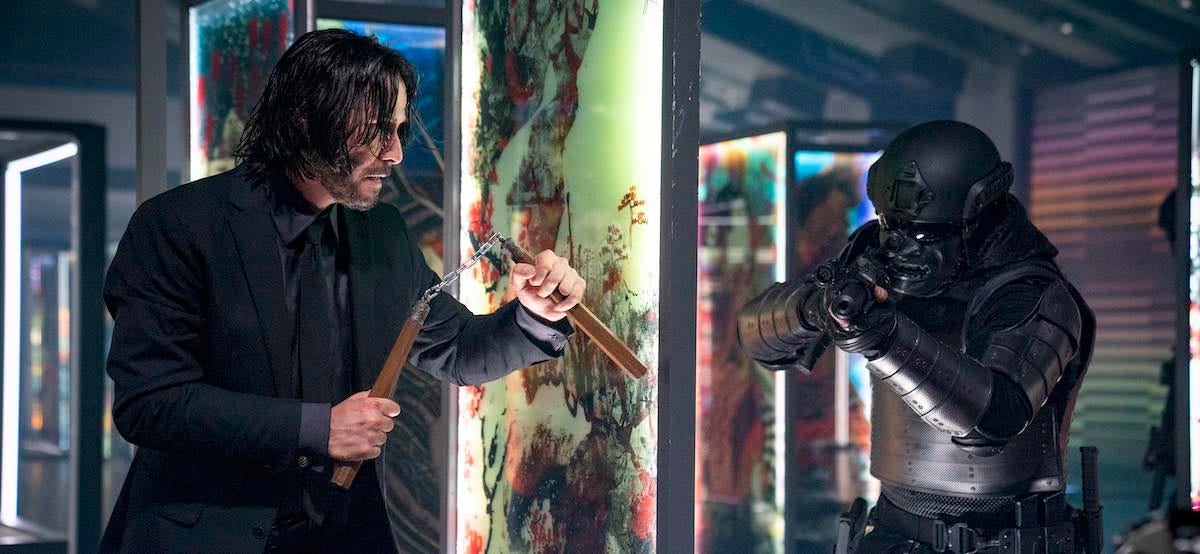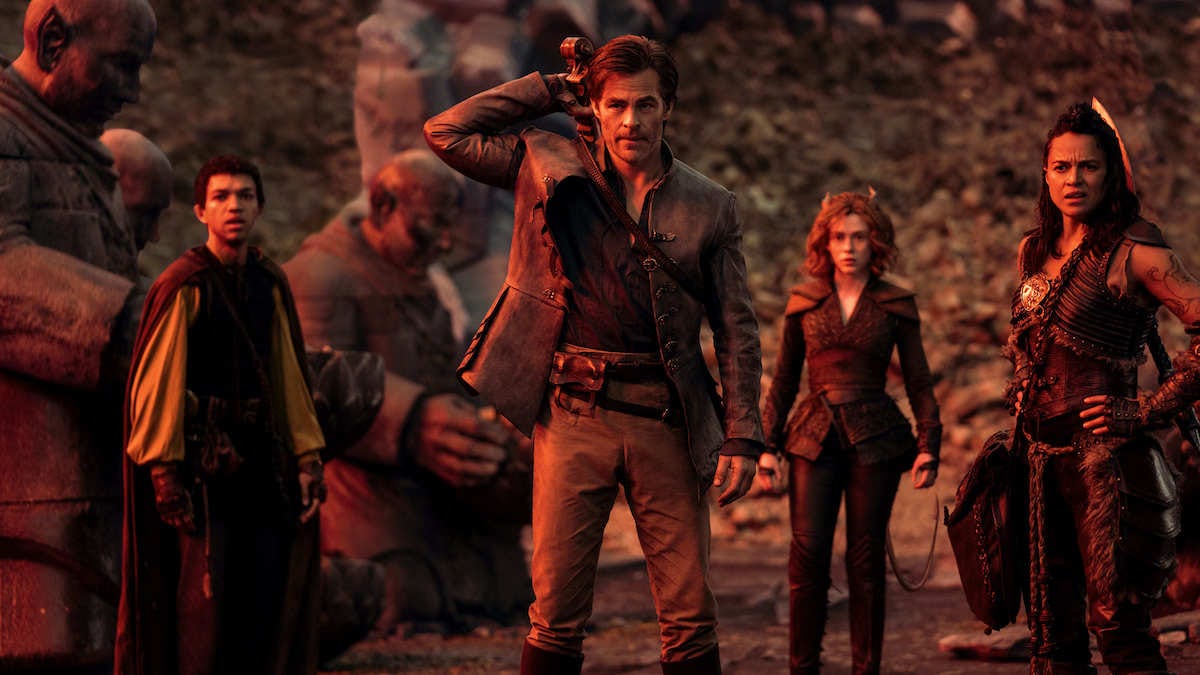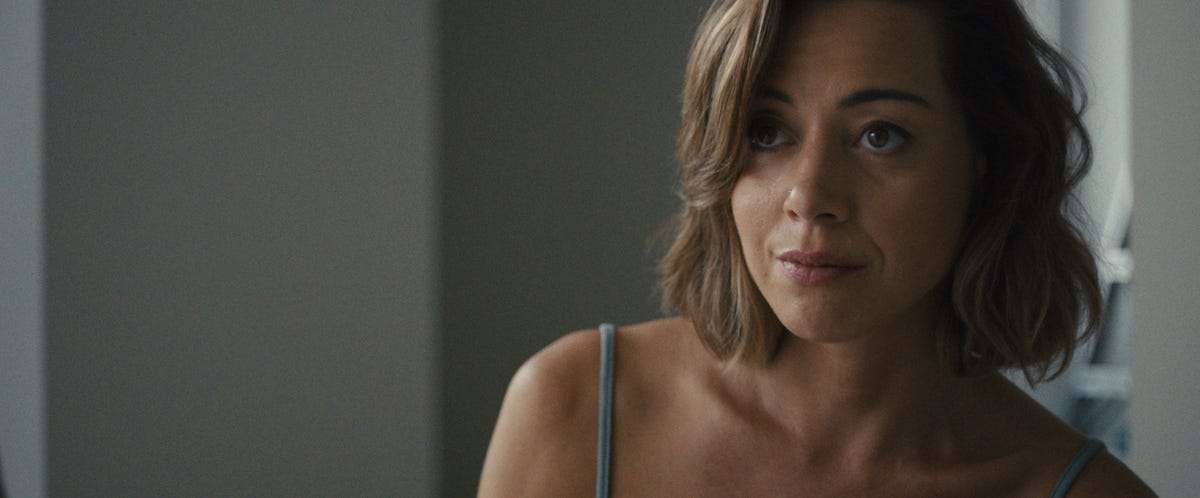Before we get to the meat of today’s newsletter, just want to say that if you’ve seen John Wick: Chapter 4—and a lot of you have, judging by the box office!—I hope you give this week’s Across the Movie Aisle a listen. Unfortunately, Peter was out, but Alyssa and I had a great chat about the sneaky depth of the series. Listen here: And if you enjoyed that episode I hope you’ll check out our bonus episode on our favorite action franchises. It’s for paying Bulwark+ members exclusively, but membership has tons of benefits, like, for instance, access to last night’s emergency livestream following news about Donald Trump’s indictment. If you click this button here you get a free month. That’s a helluva bargain. And if you don’t like what you see, or you don’t think it’s worth it, you can cancel before you get charged. I won’t be offended! I’m still sifting through Matthew Ball’s mini-book on the history (and future) of streaming. It’s fascinating, dense, heavily illustrated, and well laid out, a very solid example of form and function combining into something incredibly useful. I cannot recommend it enough. One of the data points that jumped out at me was how people signed up for Netflix and then, over time, how they shifted how they watched the service. “Out of the average 100 sign-ups to Netflix globally, the largest share come from laptop/desktop/Mac devices, which are collectively responsible for 40 sign-ups,” Ball writes. “The next largest segment is mobile (smartphone and tablet), with 35. The smallest share, 25, come from TV.” As someone who has signed up for more than my fair share of streaming services, this all makes intuitive sense. Laptops are, simply, the easiest way to navigate and type on various apps. Phones are second, particularly if you have an iPhone that integrates all your passwords with all your other various apps and devices. And the TV is a distant third: I havesigned up for things on my TV, but I do not enjoy signing up for things on my TV, because typing out some new nonsense password one letter at a time via the arrows on my remote is … vexing. More interesting than this is the shift in how people watch over time: In the first month that these subscriptions are used, TV’s share surges from 25% to nearly 50%, while mobile shrinks from 35% to 25% and PC+Mac from 40% to 28%. More fascinating is what happens as subscribers continue using Netflix. By month six, TV is now 70% of time (versus 25% sign-ups and 48% in month 1) and mobile shrinks to 15% (versus 35% and 25%). Why does this happen? The longer people stay with Netflix the more Netflix they consume, and the more time they spend consuming the more likely they’re going to want to do so on the largest screen they own (their TV) in the most comfortable seat they own (their couch, La-Z-Boy, whatever). Again, all of this makes sense and is undoubtedly what’s driving most of the shift. Allow me to suggest a secondary reason for this trend, though. If you’re watching Netflix on your phone, you can’t really multitask (e.g., doom scroll on Twitter or stalk people on Instagram). And Netflix content—overly long and dialogue-heavy—is practically designed for multitasking. I remain convinced this is the primary reason Netflix defaults to dubbing on foreign titles, for instance: people can’t scroll on their phone if they have to read subtitles as well, and they’re not paying close enough attention to what’s actually happening on the screen to be annoyed by the mismatch between English and whatever language the original was in. Anyway, there’s a ton to dig into in Ball’s book, and I hope you check it out. If you want to understand how we arrived at this precise moment in the streaming wars, it’s a must-read. As an aside: I’m hoping to write a proper review of Dungeons and Dragons: Honor Among Thieves for Monday, having not been able to see it until late last night. Until then, a capsule review: It’s a very funny action-comedy anchored by an absolute all-star performance by Chris Pine and is probably fine for kids above the age of eight or so if you’re desperate for a family movie and can’t wait for The Super Mario Bros. movie in a week. Links!This week I reviewed Tetris, which I described, with my tongue firmly in my cheek, as a “Neoliberal Triumph of the Will.” That’s a good thing! I hope you listened to last week’s Bulwark Goes to Hollywood, with Jackie Brenneman of The Cinema Foundation. We talked about all sorts of fun stuff about the state of the theatrical industry, including how they calculate average ticket prices. Is it nerdy and wonky? Yes. Is that why you read me? Also yes, I presume. You love the nerdy wonkiness. You need the nerdy wonkiness. (Things don’t get much less nerdy on Saturday, as I have an episode with Gene Park of the Washington Post about video games dropping.) Matthew Belloni is reporting that the Academy of Motion Picture Arts and Sciences is considering adding a requirement that best picture nominees would have to have theatrical runs in 15 to 20 of the top 50 domestic markets. Assigned Viewing: Emily the Criminal (Netflix)I appreciated both that this movie was roughly an hour and a half long (more movies should be an hour and a half long) and also that it dared to show how sometimes folks who fall into criminal enterprises aren’t really “down on their luck,” they just have poor impulse control and make bad decisions. If you’ve made it all the way down here, you love the newsletter. Help keep it sustainable by become a paying subscriber. You can update your newsletter preferences as often as you like on your personal My Account page. Catch up on the latest Bulwark+ member newsletters and podcasts, here. And feel free to drop us a note anytime by simply replying to one of our emailed newsletters. |





